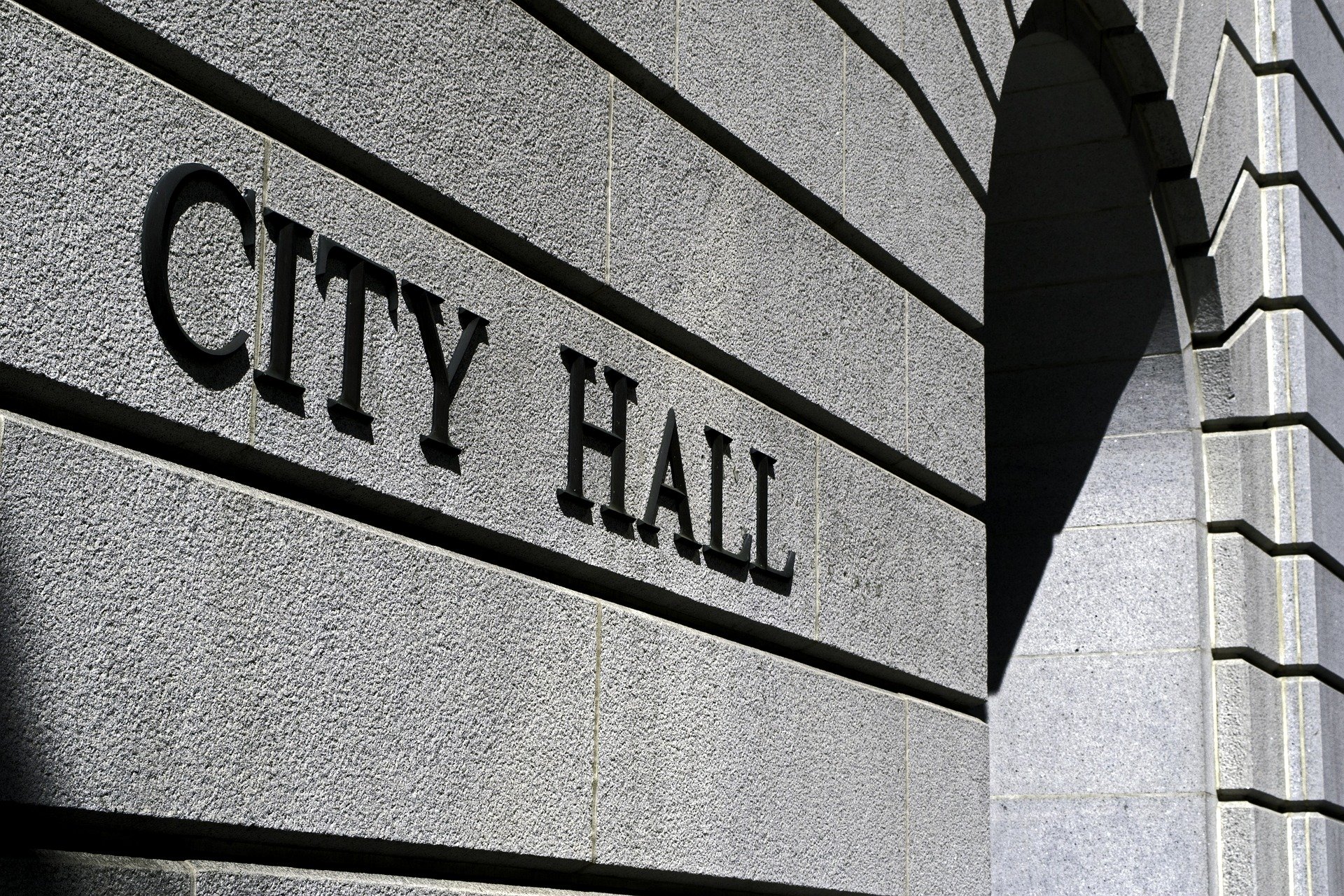Lee Gustafson is our Vice President of Municipal Services. Lee oversees the growth and management of the municipal market. He is a respected municipal engineer and a great example of what it means to be committed to our clients. Recently, a member of our marketing team spoke with Lee to gain his insight on client relations and the future of our firm.
Q: You’ve been with WSB for four years now. What about WSB keeps you coming through the door every day?
What keeps me coming through the door is what got me here in the first place. I had options and chose to come to WSB because of the culture and the ability to be creative and innovative. I’ve been told by my peers that I’m not a typical engineer and I think that’s true. I like to push boundaries and be inspired. At WSB, I’m able to blend my passions and come up with cool solutions. I use the word ‘cool’ a lot because I’m not sure how else to describe it. I feel energized when I walk through the door and it’s one of the reasons I’m still here.
Q: You spent 20 years working as the City Engineer for Minnetonka. How is your role at WSB different?
It’s similar and different in many ways, but that’s what I like most about it. It’s similar in the way that I get to work on some challenging and exciting projects, but it’s different because I get to work throughout the state of Minnesota. At this point later in my career, I need excitement and want to be kept on my toes. My role strikes a nice balance between all of it.
Q: Where do you see the engineering industry heading? What do you think will be different in 10 years?
Wherever it’s heading, I’ll be looking at it from a seat on my boat! But seriously, technology is going to, and is already, change everything. Someday in the future, I envision that we will be able to drive a corridor with some type of device and by the time we return to the office, we’ll have everything digitally downloaded and ready to start designing. I don’t think we’ll depend on paper plans as much and I think that we’ll really rely on 3D technology. Access to information from anywhere is going to become increasingly important. I love change, but it can be scary to some. Change creates tremendous opportunities and I’m excited to see a younger generation of engineers embrace what’s next.
“We work together to understand our clients’ needs and mentor our new staff to set them up for success in the same way.”
Q: What has made the
most impact on you throughout your career?
Throughout my career, I’ve been lucky to have been deeply involved in professional organizations. These organizations have provided benefits to both me and my employers. My employers have supported my involvement and I’ve been given the opportunity to participate at a high level both regionally and nationally. The relationships and knowledge I’ve gained from these experiences has been invaluable.
Q: We’ve made a lot
of changes in the past year – how do you think that is setting us up for
success?
The changes that are occurring within WSB sets us up for continued success and growth. This growth will extend to the services we provide for our clients, the tools we use, and the teams we can form. Growing our staff will give us access to new ideas and a diversity of thoughts and applications. As we grow, we can carry our brand of customer service with us wherever we go.
Q: Our culture is
important at WSB. What gives it that special something?
Our ability to be creative and the encouragement our staff gets to be bold really drives our culture. WSB needs all types of people to be successful. We need people who understand the ins and outs of traditional design and engineering, and we need people who understand how to take the traditional way and push us one step further. These people can understand and implement strategies and continue to push boundaries. One thing remains constant: we all rally around our clients. We work together to understand our clients’ needs and mentor our new staff to set them up for success in the same way.
Q: We really value our strong client relationships. How do you hope we can maintain these as we continue to grow?
This is easy! Our commitment to good customer service. Having been a client of WSB for 20 years and being a client of other firms for nearly 30 years, I have a unique perspective on what good customer service is and how to form solid client relationships. We’ve cornered the market on that. Customer service is everything from how we invoice to how we partner to provide long-term strategies. It’s imperative that every staff member who comes through the door at all of our offices understand this. Every client is different, and no two clients are the same. We need to continue to inspire each other to discover creative and thoughtful solutions that look beyond the needs of today to the opportunities of tomorrow.
“We’ve dedicated ourselves to the value of strong relationships and I think it shows in every project and every connection. ”
Q: What are you most
looking forward to this year?
Going to Hawaii! But-work-related, rolling out all our new IT applications both internally and externally. I think our clients will be amazed at some of the applications we’re developing and how it can assist them in their day-to-day operations. We’re taking technology to the next level with our IT, GIS and Visualization service offerings. It’s a really exciting time and I’m glad we’re at the forefront of this.
Q: What do you wish
you could tell our clients about working with us?
I wish I could tell every client that we believe in partnerships. We’re not promising there won’t ever be a bump in a road and we’re not perfect, but as a firm, we’re committed to working with our clients to smooth out those bumps and work together to solve infrastructure challenges. We’ve dedicated ourselves to the value of strong relationships and I think it shows in every project and every connection.
Q: We talk a lot about the future here. It’s unknown and it’s exciting. What do you think that says about WSB?
Throughout my career, the next five years into the future has always brought something new. New trends, tools, technologies and more importantly – ways to do our jobs better. The future that I’ve seen and the future that I believe is coming allows us to take our projects to the next level. Demonstrating our projects and why they are or will be successful in an easy to understand manner will become increasingly important to the public and decision makers. I think we’re well-prepared and I can’t wait for what’s next.








